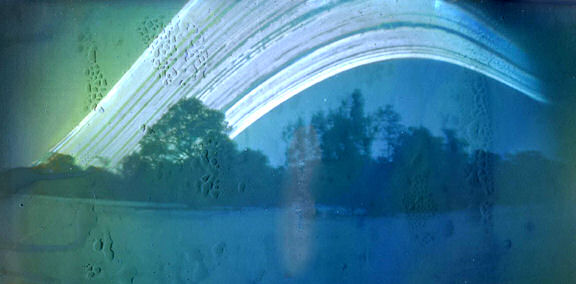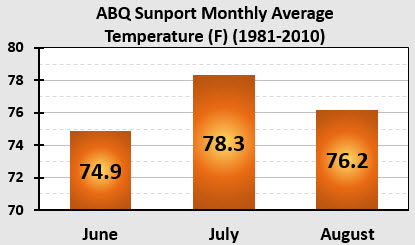|
The summer solstice occurs at the moment the earth's tilt toward the sun is at a maximum. Therefore, on the day of the summer solstice, the sun appears at its highest elevation with a noontime position that changes very little for several days before and after the summer solstice. In fact, the word solstice comes from Latin solstitium or sol (the sun) + -stit-, -stes (standing). The summer solstice occurs when the sun is directly over the Tropic of Cancer, which is located at 23.5° latitude North, and runs through Mexico, the Bahamas, Egypt, Saudi Arabia, India, and southern China. The sun will be directly over the Tropic of Cancer at 3:43 pm MDT on June 20, 2020. For every place north of the Tropic of Cancer, the sun is at its highest point in the sky and this is the longest day of the year. The winter solstice marks the shortest day and longest night of the year. In the Northern Hemisphere, it occurs when the sun is directly over the Tropic of Capricorn, which is located at 23.5° south of the equator and runs through Australia, Chile, southern Brazil, and northern South Africa. This year, the Northern Hemisphere winter solstice will occur at 3:02 am MST on December 21, 2020. For a complete listing of the dates of the winter and summer solstice's and spring and fall equinox's, check out this site: https://www.weather.gov/media/ind/seasons.pdf A pinhole camera (no lens and a single small aperature) can be effectively used to document the change in elevation of the sun during the year. The image below is a solargraph made with a pinhole camera, in which the path of the sun as it crosses the sky is captured for an extended period. It was made in Tijeras, and depicts the period from the summer solstice (highest streaks) to the winter solstice (lowest streaks) in 2009. |
||
 |
||
|
Image courtesy of Becky Ramotowski
|
||
|
||
|
Some of you may be wondering why the longest day of the year is not normally the warmest day of the year. There is a lag between the longest day of the year and the warmest average temperatures not only across New Mexico, but for most of the mid and high latitude locations. In the graph at the end of this section, the length of daylight is plotted in blue while the average daily temperature is plotted in red, and the date of the solstice is depicted by yellow shading. The sun angle is high before and after the summer solstice with a maximum number of daylight minutes. As the sun begins to move lower in the sky the length of daylight decreases. In Albuquerque, the maximum daily temperature occurs nearly 3 weeks later in mid July. This lag in temperature occurs because even though the minutes of daylight are decreasing, the earth's surface and atmosphere continues to receive more energy than just what it receives from the sun. Average temperatures continue to climb until the sun drops lower in the sky. While the effect is evident in the daily temperature plot, it is more readily apparent by looking at changes in the monthly average temperature (below and to the right). In Albuquerque, July averages 3.7F degrees higher than June, with August also warmer than June by 1.3F, even though the length of days in August is considerably less than the length of days in June.
|
||
|
Another interesting fact depicted in the graph below is that while the summer solstice is the longest day of the year, with 14 hours and 31 minutes of daylight in Albuquerque, it is just several seconds longer than days on either side of the solstice. In fact, the U.S. Observatory lists the length of daylight in Albuquerque as 14 hours and 30 minutes or more from June 14th through June 30th.
|
 |
|
|
|
The Solstices, Equinoxes and Seasons
|
|
|
 |
|
|